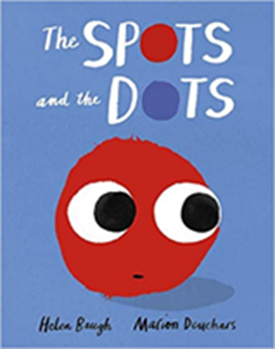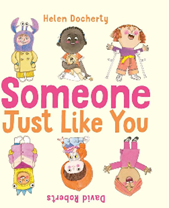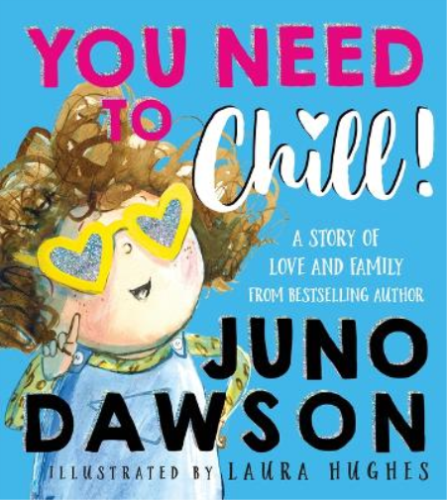The spots and the dots by Helen Baugh and Marion Deuchars
Lesson plan
to explore racist attitudes and prejudice
Year
3/ Year 4/ Year 5
|
Text: The spots and the dots by Helen Baugh
and Marion Deuchars Lesson plan by Andrew Moffat |
|
Enquiry Question: Y2: Why are some people
scared of difference? Y3/ Y4: What is prejudice and where does it come
from? |
|
Starter: You want to keep the surprise in the
book so be careful not to reveal the back of the book when you hold up the
front. Consider the title – how are spots and dots
similar, how might spots and dots be different? |
|
Main: Read, “The spots and the dots” up to the
middle page and then act confused as you continue and realise the text is
upside down. Say you think the publishers must have made a mistake… then
realise the pictures are the same… the aim is for the children to realise what
has happened and that the book can be read from two viewpoints and comes to
the same conclusion. Then discuss: -
Why are the spots
and dots scared of each other? -
Where does that
fear come from? -
What happens as a
result of that fear of difference; how does it affect the lives of the spots
and dots? -
“Nobody knew what
the spot tribe would do but everyone knew spots were bad through and through”
consider this line; why is this about prejudice? What does ignorance mean? -
What happens to
change the fear? -
“The world
started changing in front of their eyes” how? What does this mean? -
Is there a
message in this story? What can we learn from the spots and dots? |
|
Activity: Write a diary entry for the baby spot
(or dot) about the day when their world changed. What did they do, how did
they feel at first and what happened? Include the line, “The word stared
changing in front of my eyes!” and explain how and why. Finish the diary
entry by saying what the spot / dot is going to do tomorrow now that they are
no longer frightened of the other. |
|
Plenary: why do you think the author chose to
use spots and dots, why didn’t they use squares and triangles or real people?
What can we learn from this story? Why is this
about No Outsiders? What is racism and where do racist attitudes
come from? What can we do to challenge fear, ignorance and racist ideas? Why is this story about No Outsiders? |




Comments
Post a Comment